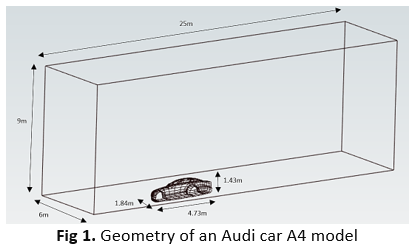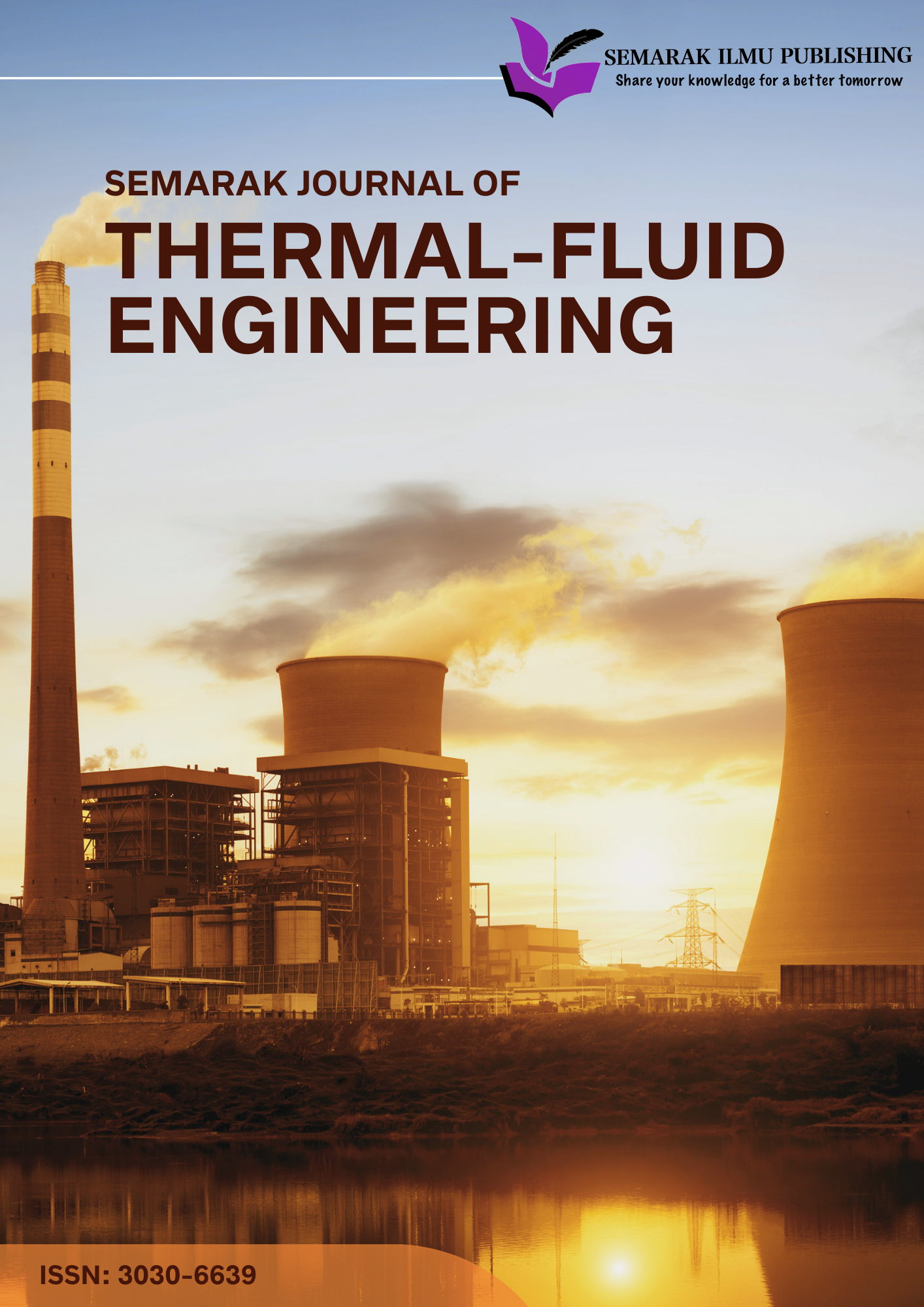Analysis of Aerodynamics on Surface of the Car with Turbulence Models
DOI:
https://doi.org/10.37934/sjotfe.4.1.3551aKeywords:
K-omega SST, k-epsilon, k-kl-omega, transition SST, ANSYS software, drag coefficient, lift, friction, turbulence modelsAbstract
The topology of the test vehicle was modeled using an Audi A4 and this study investigates the aerodynamic performance of an Audi car by analyzing the flow characteristics around its shape under different wind velocities and turbulence models. With a focus on improving fuel efficiency and reducing drag, the simulation aims to determine aerodynamics performance of a car through the analysis of drag and friction coefficients. The simulation involves detailed modelling of the car geometry, meshing and the application of the appropriate governing equations. The study also focuses on incompressible flow in the headwind direction and analyses the performance of one car geometry to meet these objectives. In this study, four cases were employed using CFD approach by setup model using k-epsilon, k-omega SST, Transition SST, and k-kl-omega on the flow behavior around the car. The results revealed that the k-omega SST model produced the lowest drag coefficient of 0.2547, indicating its effectiveness in reducing aerodynamic resistance. Conversely, the k-kl-omega model resulted in the highest lift coefficient of 0.0921, which could lead to increase aerodynamic lift. For friction coefficient analysis, k-omega SST exhibited the lowest value of 0.0026, making it the most reliable model for minimizing surface friction forces. Therefore, the k-omega SST model emerged as the most effective turbulence model, providing the optimal balance between drag, lift, and friction coefficients which making it ideal for optimizing the aerodynamic of the car performance. The analysis should be used to explore further improvements in vehicle design, including the surface modifications and vortex generators, to reduce drag force and to enhance the overall aerodynamic efficiency.









